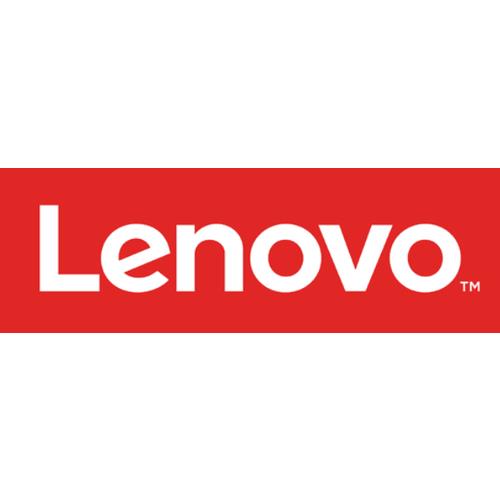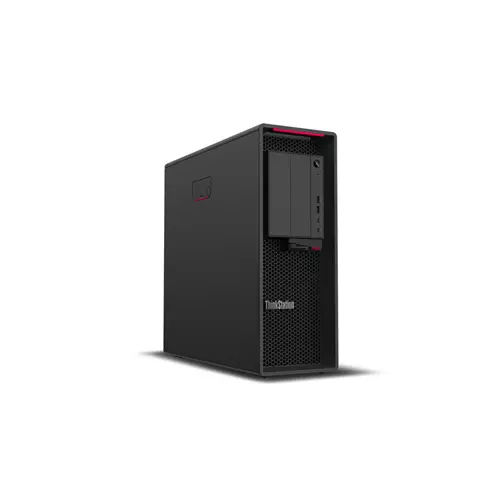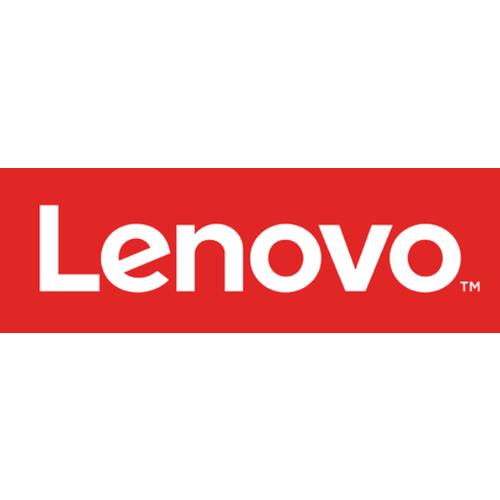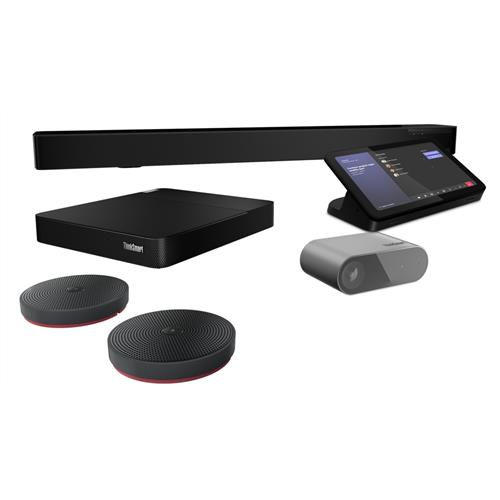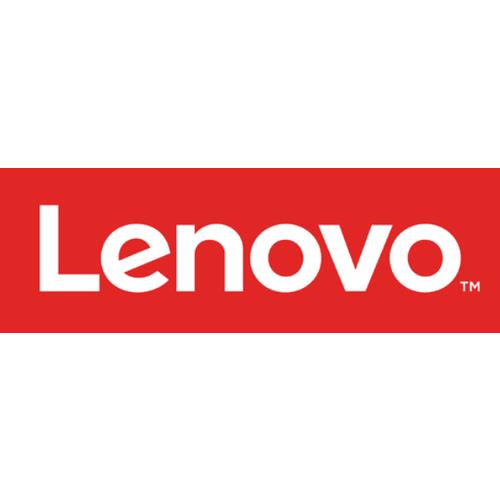

Introduction

For the money, Gigabyte has been pretty hard to beat recently and for a big wad of change left from $300, the Gigabyte X870 Aorus Elite Wi-Fi 7 seems to pack a punch in the value department, at least on paper. There’s the somewhat dubious upgrade over older 600-series chipset models. The board is equipped with all the modern features you would expect. These features will support you through the lifespan of Socket AM5 and possibly a year or two beyond without any future shortcomings. At $270, it’s a good deal, especially since the board also looks great in the current market climate.

From the top, the headline features are a pair of USB4 ports, Wi-Fi 7, PCIe Gen 5 support for the graphics card and an M.2 port, all the M.2 ports have heatsinks too. Gigabyte hasn’t skimped on the audio and even includes a HDMI output on the PCB for case displays and a USB 3.2 Gen 2×2 front Type-C header. You have everything you need here except if you want to use more than one PCIe Gen 5 SSD, or more than two M.2 SSDs of any type in total, in which case you’ll start to steal lanes from your graphics card, but we’d imagine those configurations are probably unlikely for most users.
There are cheaper options out there of course, but even using the same chipset, you quickly start to dial up M.2 slot lane stealing and reducing the number of ports that are usable without bandwidth issues or ports being disabled. You also start to see downgrades in audio and cooling. Stepping up to X870E doesn’t immediately give you more flexibility either, as the X870E version of this board, which costs $50 more, still sees a degree of PCIe lane sharing between M.2 ports and your graphics card if you’re filling a lot of slots. You can save a bit of cash going for B650E, but again, you quickly start to see the same limitations creeping in as well as the loss of features such as Wi-Fi 7.
Specifications
| Specifications | |
|---|---|
| CPU Support: | AMD Socket AM5 Ryzen 7000, 8000, 9000 |
| Power Design: | CPU Power: 16-phase SOC Power: 2-phase MISC Power: 2-phase |
| Chipset: | AMD X870 |
| Integrated Graphics: | Supported 1x HDMI 1x front HDMI 1.4 (1,920 x 1,080 30 Hz) 2x DisplayPort via USB-C |
| Memory: | 4x DIMM, Support up to 256 GB 2x Single Rank DDR5-8200 (OC) |
| BIOS: | 256 Mbit AMI UEFI |
| Expansion Slots: | 1x PCIe Gen 5 x16 slot 1x PCIe Gen 4 x16 slot (x4) 1x PCIe Gen 3 x16 slot (x2) |
| Storage: | 4x SATA 6 Gb/s 3x M.2 (PCIe Gen 5 x4) 1x M.2 (PCIe Gen 4 x4) |
| Networking: | 1x Realtek RTL8125D 2.5 Gbps Ethernet 1x MediaTek MT7925B22M Wi-Fi 7 |
| Rear Ports: | USB BIOS Flashback button 1x 2.5 Gbps Ethernet 1x HDMI port 2x USB4 40 Gbps (Type-C) 2x USB 3.2 Gen 2 10 Gbps (Type-A) 4x USB 3.0 (Type-A) 4x USB 2.0 (Type-A) 1x Wi-Fi antenna connectors 2x Audio jacks 1x Optical S/PDIF Out port |
| Audio: | Realtek ALC1220 Codec |
| Fan / Thermistor headers: | 8x 4-pin / 2x 2-pin |
| Form Factor: | ATX Form Factor 12.0 x 9.6 in. / 30.5 x 24.3 cm |
| Exclusive Features: |
|


